begin quote from:
Japan
earthquake survivor : 'It's just so surreal' Mashiki, Japan (CNN)Like
many buildings in Mashiki town, Kiyomi Matsuoka's wooden house withstood
Thursday's quake. But not the magnitude-7.0 one that mercilessly hit
two …
Japan earthquakes: Dozens killed as aftershocks slow rescue efforts
Story highlights
- Japan's Meteorological Agency warns of more building collapses
- At least 42 are dead from quakes; bad weather hampers rescue efforts
- 180,000 people are in shelters
Mashiki, Japan (CNN)Like
many buildings in Mashiki town, Kiyomi Matsuoka's wooden house
withstood Thursday's quake. But not the magnitude-7.0 one that
mercilessly hit two days later.
"This
is surreal," said Matsuoka, who returned to look at the rubble that was
once her house and the hair salon business her family ran.
After the first shock on Thursday, Matsuoka and her family evacuated.
Her
80-year-old father insisted on staying with the family home -- barely
managing to claw out of the debris when Saturday's quake hit and toppled
the house in its entirety.
It was a miracle, she said, he came out alive at all.
Tearing
up as she spoke, she said she was determined to rebuild business in
Mashiki, where three generations of her family had been.
"We
have been running this business right here in this town over 40 years,"
she said. "I will rebuild our business here no matter what."
Saturday's
Kyushu earthquake in southern Japan took at least 33 lives, according
to Kumamoto Prefecture's disaster management office. It was preceded by
Thursday's foreshock, which took nine lives.
The quakes left 1,037 people injured, according to the disaster management office.
Prime
Minister Shinzo Abe described the search for survivors amid piles of
rubble as a "race against the clock," noting bad weather, continuing
aftershocks and the threat of landslides made a dire situation worse.
U.S. forces will provide operational airlift support in the Japanese government's relief efforts.
Seismic activity is continuing in Kumamoto and Oita prefectures with no sign of subsiding, said Gen Aoki, the head of Japan's Meteorological Agency. Kumamoto continued to endure as many as hundreds of aftershocks, according to the agency.
CNN Map
Kumamoto
Aoki warned of further building collapses and landslides from rainfall that has loosened the surrounding soil.
About
25,000 Japanese troops have been sent to help with rescue efforts,
along with six planes and nine ships to deliver food, blankets and all
emergency necessities.





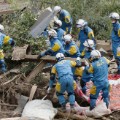
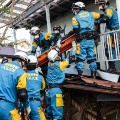
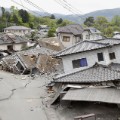
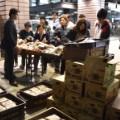

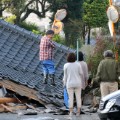
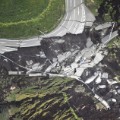
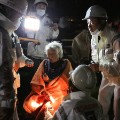
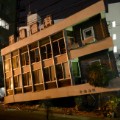

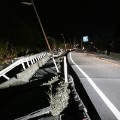
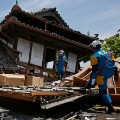

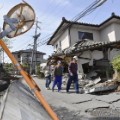

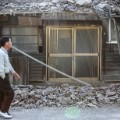

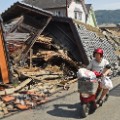
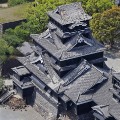
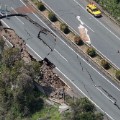
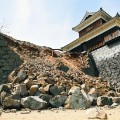

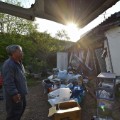
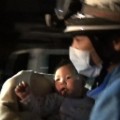
Japan's
Nuclear Regulatory Agency assessed the conditions of the nuclear plants
after the series of earthquakes in Kyushu and reported no impact on the
plants' safety.
Scramble for aid
One
of the 180,000 people who fled to an evacuation center, the smile on
61-year-old Yoshitada Shimamura's face hides the trauma he's just
experienced.
But he says he's just got to forget about what happened to his home, now completely gone.
He's
happy to have excavated a small gas canister from the debris, which
will allow him to cook warm food for himself and fellow refugees, he
says.
Food aid at evacuation centers is getting thin as the damage area widens.
"There
wasn't actually enough food for everyone, which was the only problem,"
Samuel Borer a U.S. citizen living in Kumamoto, said at an elementary
school used as a shelter.
"Most of the food went to the elderly and children first."
Television
images and photos showed empty shelves at supermarkets and stores,
leaving many evacuees to line up for food and water at shelters.
CNN
International's Matt Rivers, reporting from a shelter, said the
aftershocks are creating anxiety among rescuers and residents.
"You're
seeing people assigned here from one of two sorts of tracks," he said.
"On the one hand, people who had their homes destroyed so they have
nowhere to go. (But) the reality is that most people inside this
evacuation shelter here are afraid to go home. They're not sure that
maybe there might be another aftershock."
The
earthquakes have also disrupted the Japanese economy, as Toyota
suspended production on its vehicle assembly line until April 28 due to a
parts shortage. Honda and Sony have also suspended operations at their
Kumamoto sites.
The tremors caused
extensive damage, overturning cars, splitting roads and triggering a
landslide. Television images showed flattened houses, shards of broken
glass and debris piled onto the streets.
"When
the second earthquake came everything shook and I thought I might die,"
said Taiki Hishida, 38, who evacuated with his wife and two young
children to a crowded shelter.
Noel Vincent felt both earthquakes.
"This
extremely intense shaking began," he said. "And whereas the first
earthquake was more of an up-and-down type of shaking, this was a
side-to-side shaking ... it was very intense and I feared for my life."

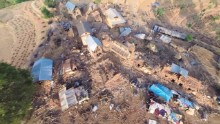
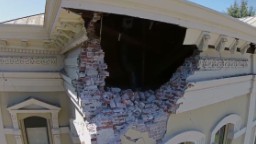
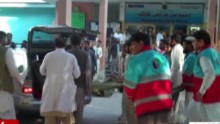
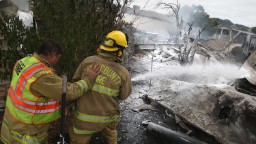
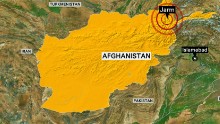
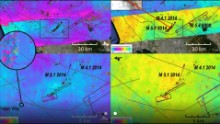

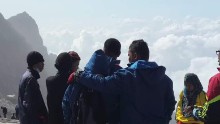
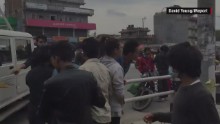

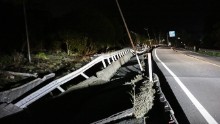
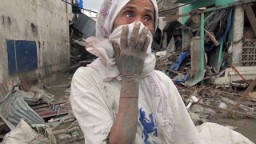
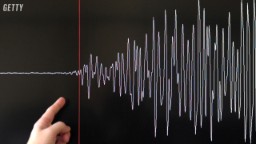
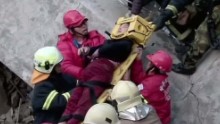

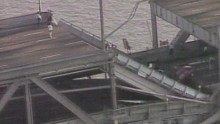
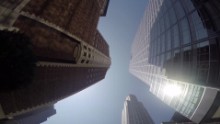

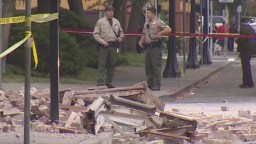


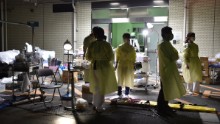

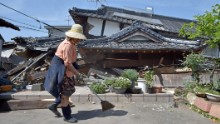
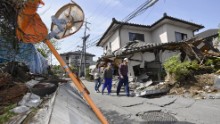
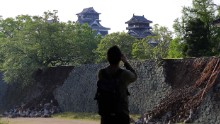
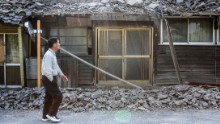
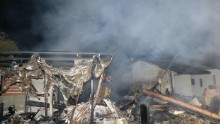


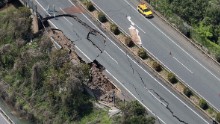
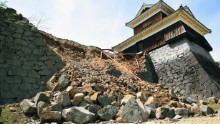
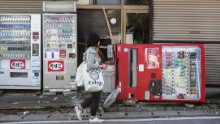
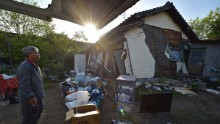






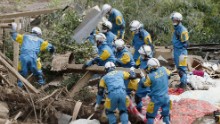
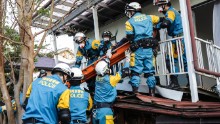


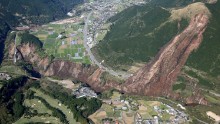
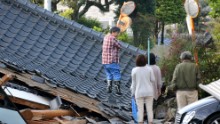


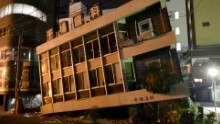



No comments:
Post a Comment